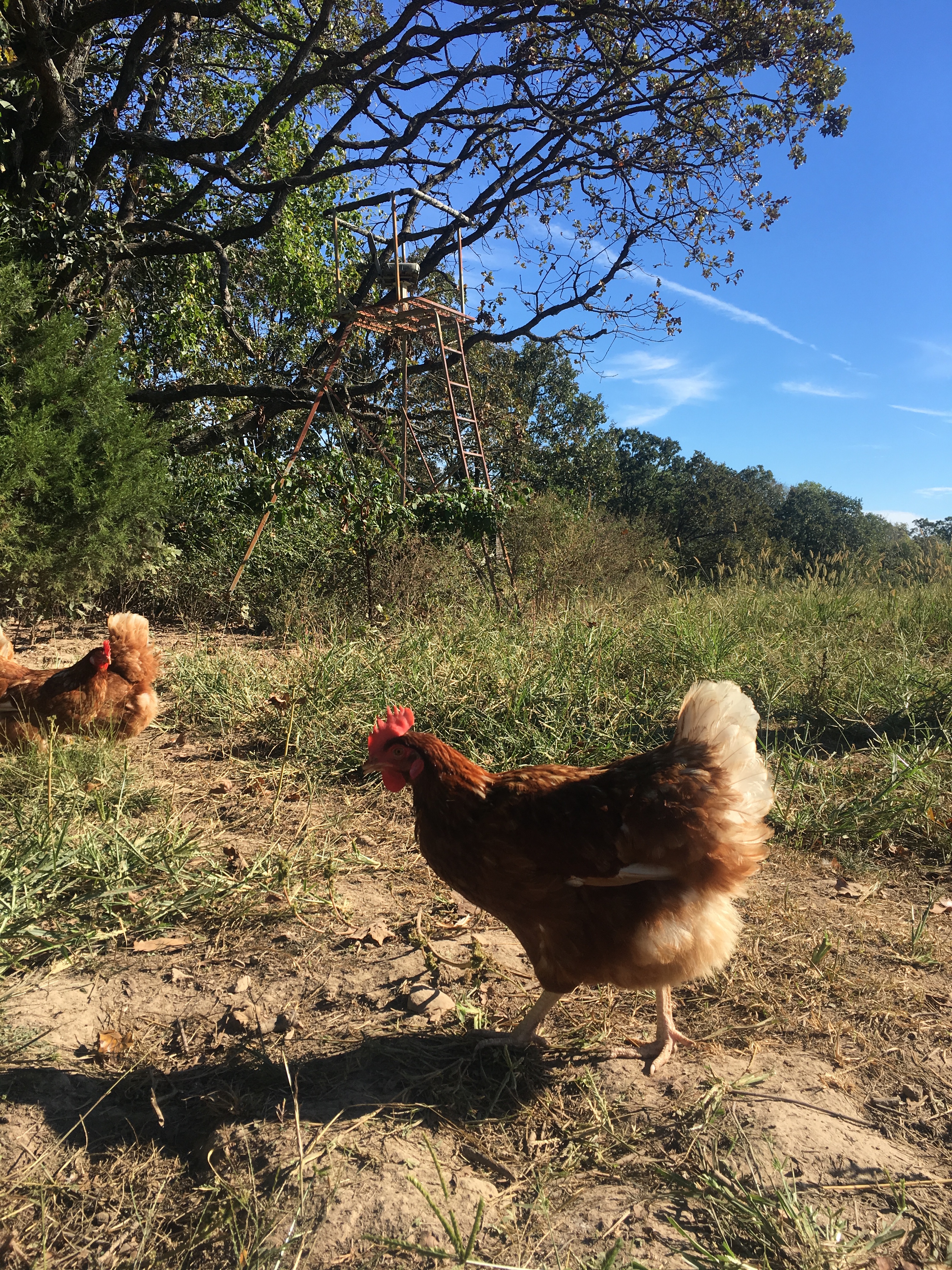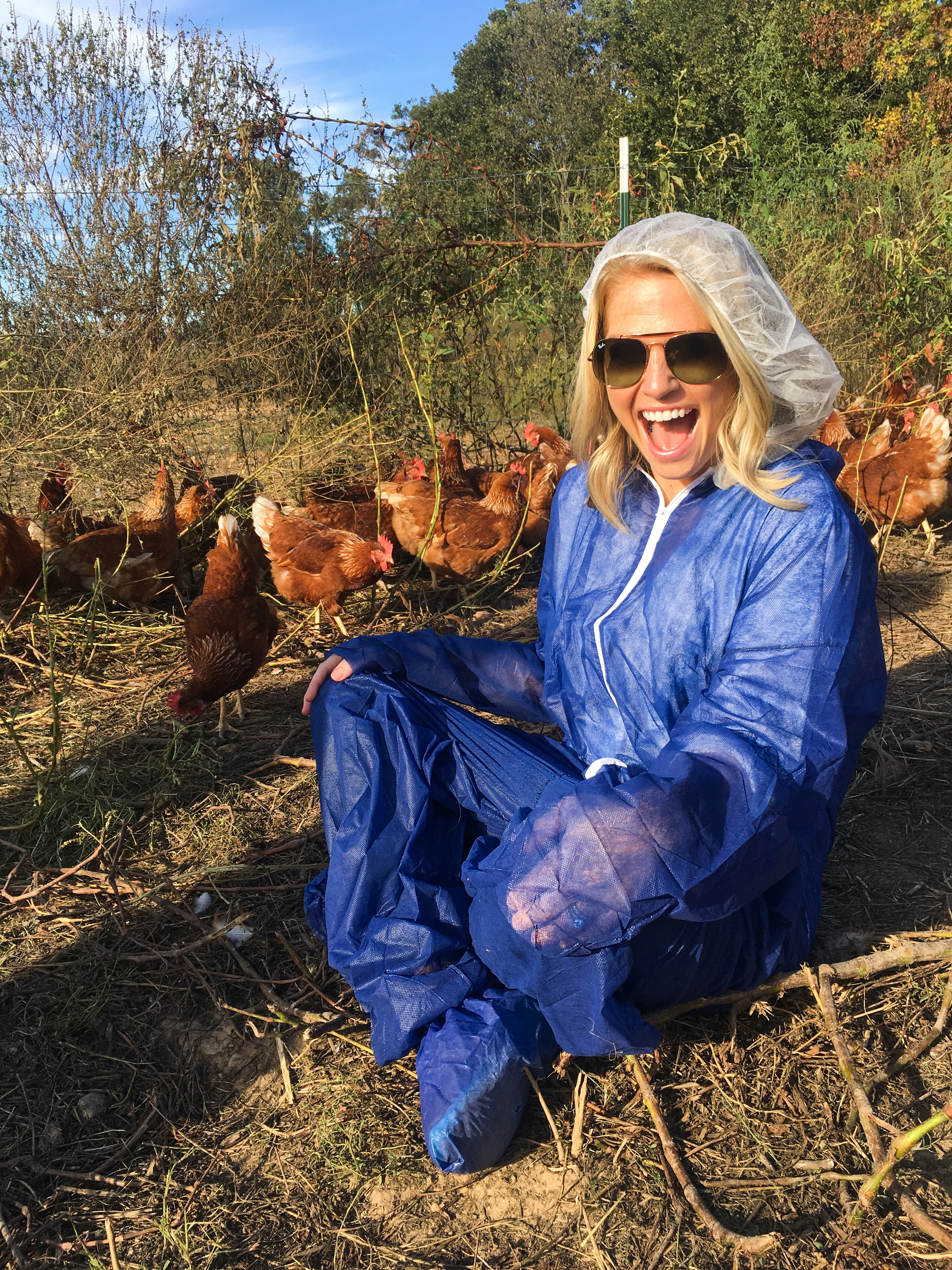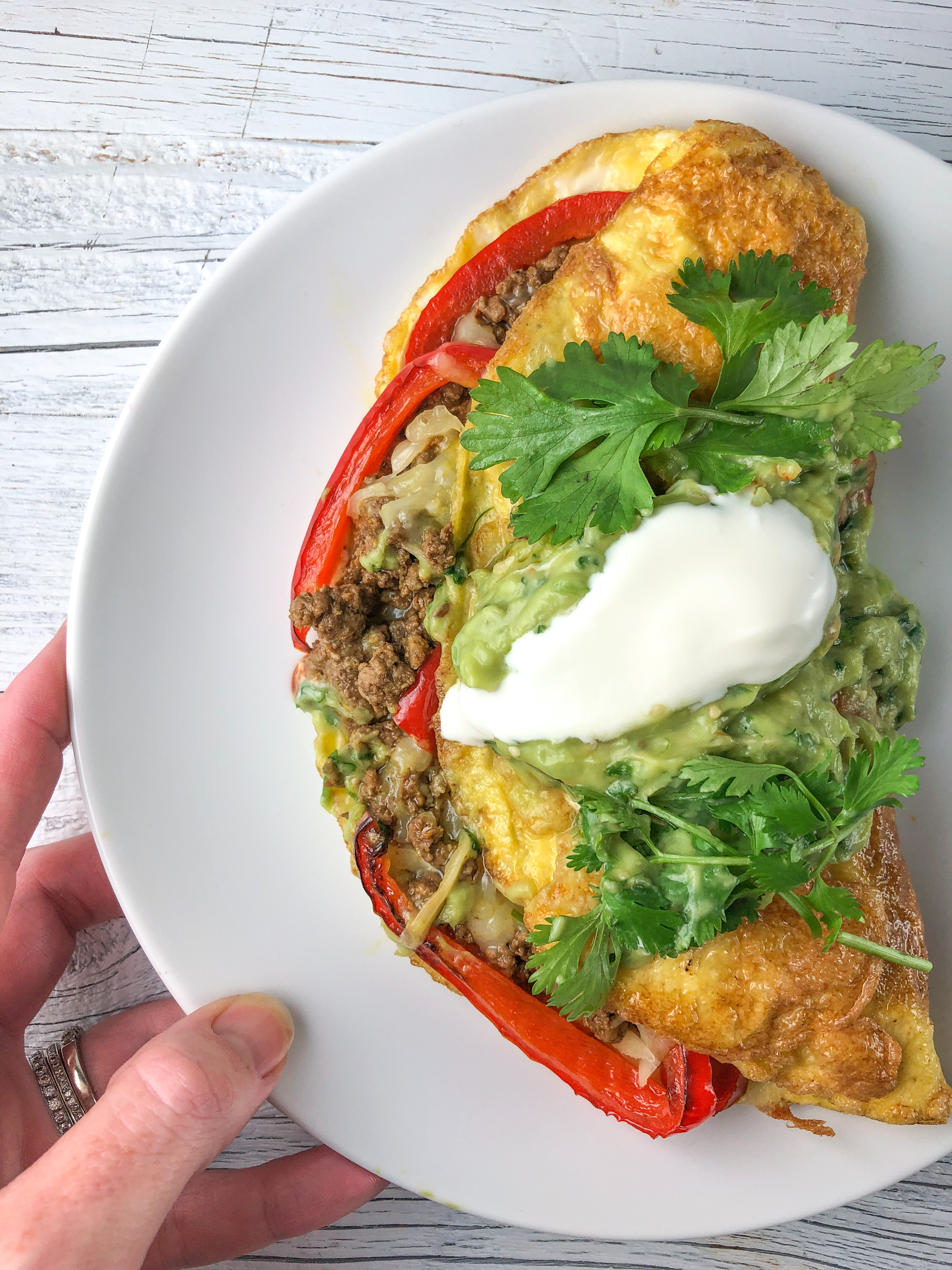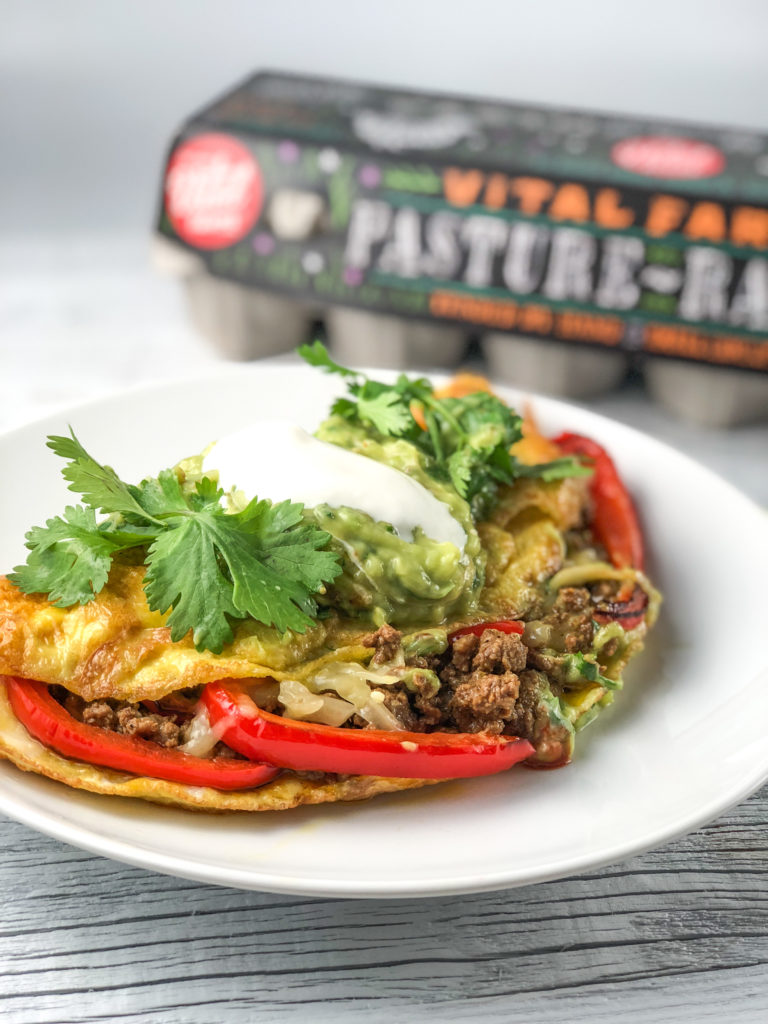Have you ever known true and utter happiness, only to have it mercilessly snatched away from you? It happened to me on a cold, harsh winter day in 2016. I’d been happily nursing a pasture-raised-egg obsession, buying pasture-raised eggs off my son’s Montessori teacher who had chickens of her very own. Then everything changed with one bleak email from the school: my egg dealer had abruptly gone, and thus so too had my egg hook-up. Not cool. Because y’all, once you’ve had pasture-raised, you don’t go back to those sad little styrofoam cartons lined with anemic-yolked, factory-farmed franken-eggs. I’d sooner fry up my own hand and serve it with toast.
Why am I all up on pasture-raised’s jock? Duh. Because happy, healthy hens that frolic in the sunshine and get their eat on in lush, grassy pastures produce more nutritious eggs – scientific fact. They have twice as much vitamin E, double the omega-3s and a better ratio of omega-6s to omega-3s. But most importantly (on a food blogger’s slightly skewed priority list), there’s no comparison in either taste or aesthetic. You haven’t truly seen yolk porn until you’ve born witness to the rich golden drip of a pasture-raised egg.
I still remember the moment I first happened upon Vital Farms and their little black box. I was roaming the egg aisle at Whole Foods, a couple weeks removed from that bitterly cold day the pasture-raised music died, so I was jonesing bigtime for another hit. I spied the artfully inscribed carton and those two little magic words – pasture-raised – and knew immediately that this bad boy would be comin’ home with mama.
So when Vital Farms invited me (along with a few other amazing bloggers) out to Missouri to meet their hens, check out their farms firsthand and compete in an omelette contest with a chicken trophy at stake, I had to change my pants immediately.
First of all, I’m not above admitting that the giant chicken balloon awaiting my arrival in the airport greeters lounge was one of the best things that’s ever happened to me. An egg company with a sense of whimsy?? Sign me up.
After checking into the hotel and gabbing over cocktails about our love of all things Vital Farms, we were feelin’ pretty eggcellent. <— (Yeah, I had to. I’m not promising it’ll be the last one either.) Then, the moment I’d been waiting for all day: dinner. Not only did we have an amazing menu full of goods awaiting us in our little private dining room, there was also a custom-crafted slideshow and a brand-new “No Bullsh*t” ad-campaign spot ready to knock our socks off. And the ultimate cherry-on-top for a bunch of food-blogging egg groupies? We met the director of brand communications – aka the brains behind that famous chalkboard carton. Which, for someone who gets all tingly at the sight of an orange yolk, is basically like meeting a rock star.
The slideshow taught us the basics:
Conventionally-raised laying hens: These chickens live out their lives in cages in overcrowded warehouses with just one square-foot in which to exist, never seeing the light of day. Womp wommmmp.
Cage-free laying hens: While technically not caged, these birds are still only required to have one square-foot of space, living their whole lives indoors under artificial lights (Anyone who’s ever been in a dressing room knows that those are not a good look.).
Free-range laying hens: Again, these hens aren’t caged and they also at least have some access to the outdoors, but their time outside is both severely limited and often restricted to very small areas that don’t even contain grass (ie, a slab of concrete – who wants to peck on that?!).

To sustainably tend to the land so that the grass is always its greenest for the girls, the pastures are split up into sections with movable fencing, which the hens then cycle through every three weeks or so. Because they’re always being rotated, the land is given ample time to recover before they cycle back around to each section. The best part: it’s never sprayed with any kind of pesticide or herbicide. By this point, I was crushin’ pretty hard.
Then I saw an opening to squeeze a few questions in. Now y’all, I can be a bit annoying with the number of questions I ask (A trait which, as karma would have it, I’ve passed on to my children), but when it comes to the food I’m eating and feeding to my family, as well as recommending to others, I want to fully understand how it’s being produced.
Why are the chickens fed supplemental feed? Aren’t grass, worms and bugs enough?
In a nutshell, no. Not if you’re a larger-scale egg producer. Turns out, chickens need plenty of carbs and protein to churn out those tasty eggs each day. When there’s an abundance of food, chickens are genetically wired to lay an egg each day without fail. If food is scarce, then not unlike a human woman, reproduction (aka egg-laying) will slow. Which doesn’t work so well for someone in the egg business. Or someone in the egg-eating business. (I admit, I get pissed when my local grocery doesn’t stock enough Vital Farms cartons to go around.)
What’s in the feed?
A carefully crafted blend of corn and unprocessed soybean meal created to meet the girls’ nutrient requirements for optimum health and egg-laying. They’ve thrown around other feed options, but it turns out that soybean has the ideal ratio of proteins and amino acids for egg-laying purposes. But those sensitive to soy needn’t worry too much – chickens are master digesters, and thus, when Vital Farms has their eggs tested, they are found to contain very little in the way of soy-derived isoflavones and phytoestrogens (only about two pinheads’ worth of soy milk).
Is the feed non-GMO?
So obviously, the organic and non-GMO labeled eggs are produced by hens that are supplemented with non-GMO and/or organic feed, but the original alfresco eggs are laid by hens that are fed conventional feed, which means it’s not necessarily non-GMO. But again, because of the aforementioned champion digestive capabilities, very little, if anything, gets filtered into the actual finished egg.
So why do they use conventional feed for any of their flocks?
Because they fully recognize that because of the quality and the extra care involved in raising their hens, their eggs are more expensive, and they wanted to open up the pasture-raised market to as large an audience as possible. So people who want the whole nine yards can go with VF’s organic eggs, while those who are simply looking to purchase a more nutritious egg laid by a humanely raised, happy-as-hell hen, might opt for VF’s starter egg – the Alfresco in the little black box. Although let’s just put the price thing in perspective: how much do you pay for that daily latte? When you think about it in terms of price per egg – about 50 cents for the Alfresco – it’s really not a stretch at all.
As we wrapped up dinner, I floated back up to my room to mentally prepare for what felt like Christmas morning to me. I set two alarms and went to sleep buzzing with anticipation for what the following day would bring. Then finally, daybreak came! And after a hearty breakfast featuring – what else – Vital Farms eggs, we were, at long last, en route to the first farm!
The first pleasant surprise: As we approached the first farm, we stopped at the entrance and watched as one of our guides hopped out to spray down our tires. Why, you ask? So we wouldn’t unwittingly track in any foreign pathogens to the farm and put the girls at risk. *Swoon*
We continued on when finally, at the end of the long, grass-flanked path, the landscape opened up into a large, green pasture set against a clear, blue sky. To my right, a tranquil, little pond. To my left, a barnful of squawking chickens ready to greet the morning sun. To even have a shot in hell at getting up-close-and-personal with these lovely ladies, we had to first suit up in disposable, blue coveralls, booties and hairnets. Highly unattractive, but highly necessary – again, so as not to accidentally expose our city filth to the girls.

On particularly warm days especially, many of the girls will choose to split their time between the pasture and the barn, because just as we humans do, a sista needs a little shade now and then. There are even misting fans set up throughout the barn, ready to cool things down should the need arise. So basically, it’s like their own little poolside cabana in Vegas. The chicken jackpot. The coolest part: not for just one or two hours, but for the entire day, the pasture is their playground. They eat, play, squawk, peck, squawk a little more, and then at dusk, the girls take the party back to the barn, where their night won’t be ruined by predators with a taste for chicken wings.
Another pleasant surprise: The eggs are crated by a real-live hand. (And I would know, because I got to take a crack at crating myself!) Some are still warm to the touch, meaning they’re fresh outta the chicken. Talk about feeling connected to your food!
We even had the opportunity to ask the farm owners themselves a few questions. One thing that struck me: how truly dedicated they are to these animals. They’re not doing this to get rich quick – in fact, this is actually just their side hustle. The husband + wife duo that ran this particular farm each had other day jobs as well.
After exploring two more farms (one of which belonged to the now-internet-famous star of the new ad campaign, Farmer Stuart), a picnic lunch featuring the most perfectly boiled Vital Farms eggs ever, and a delicious, local, farm-to-fork pizza-supper under the stars, the farm tour officially concluded.
I was on cloud nine. The feeling of truly knowing where my beloved eggs are coming from is unparalleled. And seeing that there are still fully transparent large-scale food producers out there that are not only doing the right thing, but also trying to find new ways to do the right thing even better?? Absolutely priceless. The only thing that could top this feeling? Winning that omelette contest and taking home the chicken trophy. Which I did…after a slight mishap involving the hotel event-space fire alarm.

My eggspert <— (You were adequately warned) takeaway? My choice to support a company like Vital Farms is about so much more than just good yolk-porn. It’s about voting with my dollars; sending a message to the food industry about where we are setting the bar; investing in a better, more sustainable food future for my kids. And the chicken trophy didn’t hurt either.

| Servings |
omelette
|
Ingredients
|
   |
Hi Katy!
I am a great friend and fan of your Dad’s! I am also the author of 7 cookbooks, including Chicken Soup for the Soul Cookbook. So tickled to find you! My husband ted and I had an avocado ranch in Temecula where we raised show chickens, including Cochin, Arucana and Polish. We had a large pen because of wandering coyotes, and they lived happily on fresh spinach and all kinds of good stuff. Gorgeous eggs in hues of green, pale blue, tan and ivory. So delicious! I miss those eggs and will check these out. Love your writing and contagious enthusiasm. Blessings and gratitudes!